By Susanne von Rosenberg, UC Master Gardener of Napa County
Rainfall totals over the past 30 days range from a low of 8-1/2 inches in downtown Napa to more than 15 inches in parts of St. Helena and Angwin. You can check the rainfall totals near you on the One Rain Napa website.
That rain came as a series of smaller storms and a big atmospheric river. We were lucky that we had some smaller events before the atmospheric river, so that the ground had a chance to soften a little.
It may seem strange that we would go from a period of exceptional drought to a rainfall event that broke records in many parts of the Bay Area. We did not set any new records for total rainfall on one day, although it might have been a record for the amount on one day this early in the rainy season.
Unfortunately, this is likely a preview of what is to come: an increase in extreme events on both ends of the rainfall spectrum. As gardeners, that means we have to simultaneously be prepared for drought and flood.
This recent rainfall was a great opportunity to see where and how water flows, and where it accumulates, on your property. If you didn't get a chance to look, make a point to get out during the next big rain to see what is actually happening. Then you can determine whether you need to create more opportunities for water to infiltrate the soil in your yard, or whether some contouring of your yard would help the water flow better.
If water is pooling in parts of your yard and you did not design your garden with that “ponding feature” in mind, consider how you can improve the soil so it absorbs water more quickly. In some situations, contouring the soil can direct the water to a place where you have better drainage. On the other hand, if the water rapidly flows off your property, you may want to create some features (such as a swale filled with coarse mulch) that will help retain some of it. That way, your soil can absorb more of the rain we do get.
Now is the time to take advantage of this gift of rainfall. Sheet mulching your empty planting beds is best done when the soil is really moist, as it is now. The cardboard you use for the bottom layer will disintegrate more rapidly on moist soil. Provided we continue to get at least a moderate amount of rain, the materials that you layer in the beds will break down easily without you watering them, leaving your new planting beds ready to go in the spring.
Similarly, it's a good time to renew the mulch around your perennial plants. The ideal time is when the soil is moist to a depth of about two feet. For clay soils, four inches of rainfall will do it; sandy soil needs about half that. Mulching now also allows the mulch itself to be moistened by subsequent rainfall. Until mulch is thoroughly moistened, it absorbs much of the rainfall, rather than letting it percolate through to the soil. The same applies if you are irrigating above the mulch.
While it's too late to plant most vegetables for a late-fall or winter harvest, you can get in plants for an early spring harvest. When the soil is this moist, I feel like my garden is begging me to take advantage of the opportunity. Broccoli, cauliflower and kale will grow very slowly over the next two months, but they will take off as soon as the days lengthen and the temperatures warm up.
After a generous rainfall, you can prepare for planting bare-root trees and other bare-root plants. It's not only much easier to dig a planting hole in moist soil; it's also the best time to assess the drainage in that area.
Dig a hole two feet deep and fill it with water. If the hole empties within 24 hours, you have good drainage. (If it drains out through gopher holes, that doesn't count!) If it takes 24 to 48 hours, you have moderate drainage. If it takes more than 48 hours, you have poor drainage and will need to install plants that require good drainage on a mound. Because the soil is already moist, you're testing the drainage under more challenging conditions. I'm hoping we continue to get more rain, but in smaller increments.
Library Talk: Napa County Master Gardeners will present a talk on “Chasing Sun in Shaded Yards” on Thursday, December 2, from 7 p.m. to 8 p.m. via Zoom. Does your yard have a limited supply of sunny locations to grow vegetables? Learn about site selection and cultural requirements for the plants you want to grow. Register here to receive the Zoom link:
Got Garden Questions? Contact our Help Desk. The team is working remotely so please submit your questions through our diagnosis form, sending any photos to mastergardeners@countyofnapa.org or leave a detailed message at 707- 253-4143. A Master Gardener will get back to you by phone or email.
For more information visit http://napamg.ucanr.edu or find us on Facebook or Instagram, UC Master Gardeners of Napa County.
Attached Images:
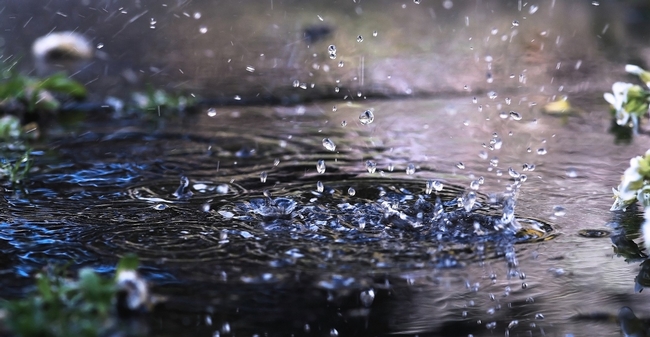
Rain. (carbonbrief.org)
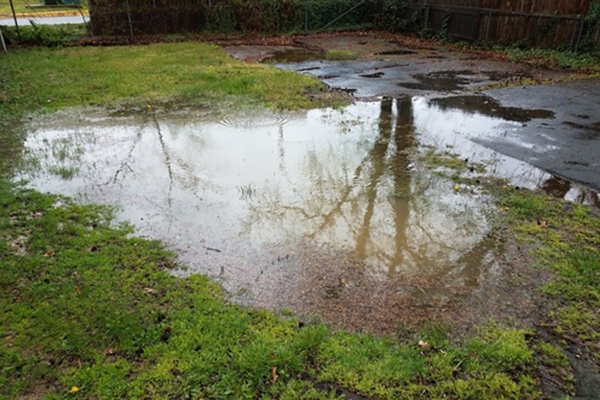
Water accumulating in garden. (ahs.com)
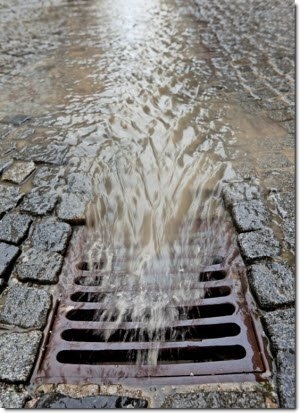
Rainwater run off. (epa.gov)
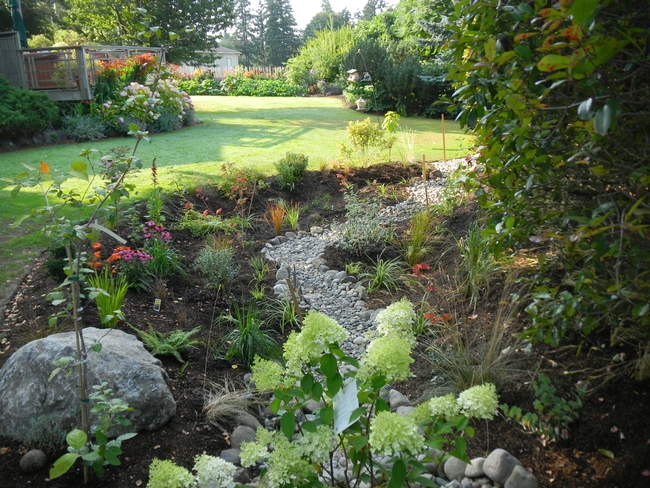
Keep the rain that falls in your garden in a rain garden. Contour the ground, create swales. (kitsapcd.org)
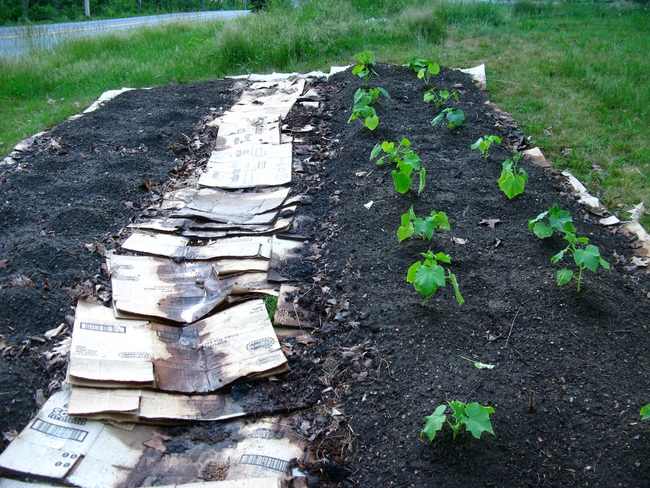
Sheet mulching with cardboard. (onegreenplanet.org)
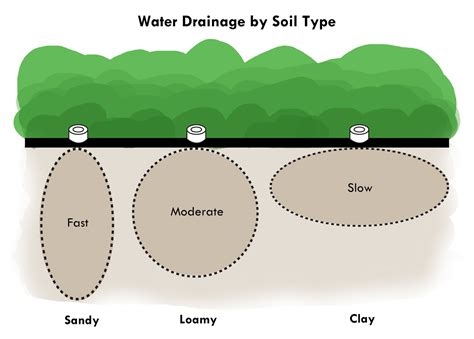
Water drainage by soil type. Know what kind of soil YOU have. (dripdepot.blogspot.com)
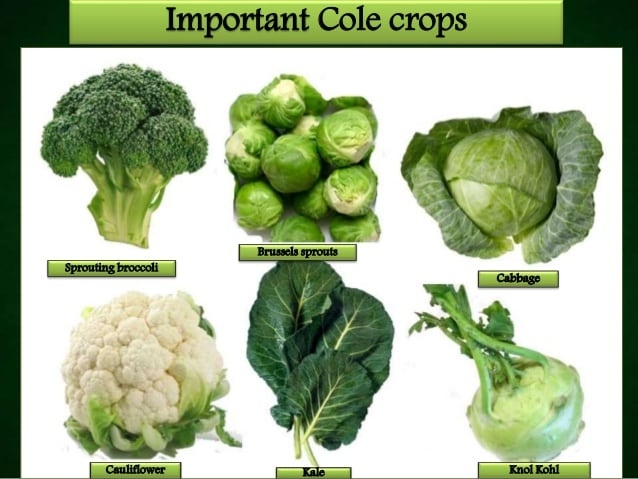
Plant broccoli, cauliflower, kale, more for spring harvest. (slideshare.net)
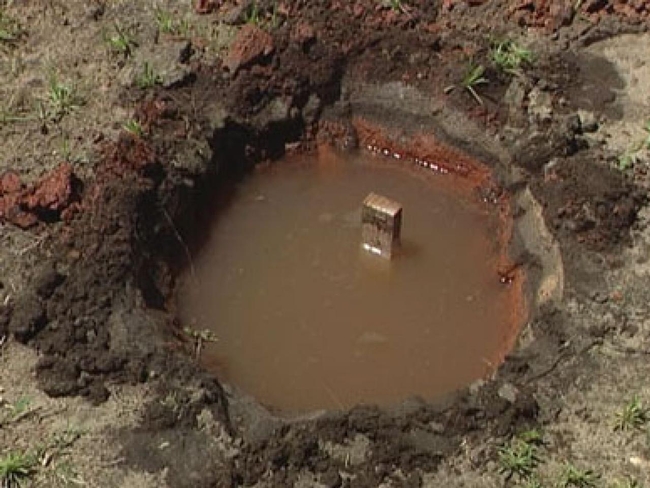
Know your soil drainage before planting bare root plants. (diynetwork.com)